Mixed-Signal Analog
 Low-Current Readout
Low-Current Readout
NIST Nanotechnology Accelerator project.
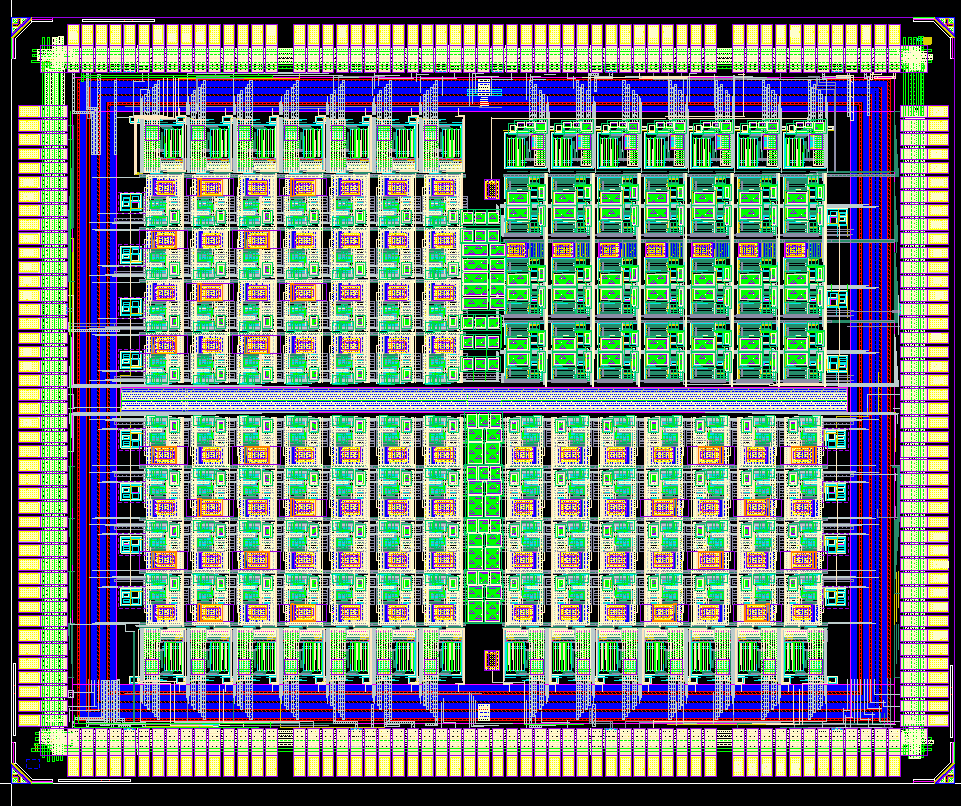 DNA-to-Digital Conversion Array (v3)
DNA-to-Digital Conversion Array (v3)
DNA molecules in / electronic bits out. Lots of analog & digital in between. 130-nm CMOS.
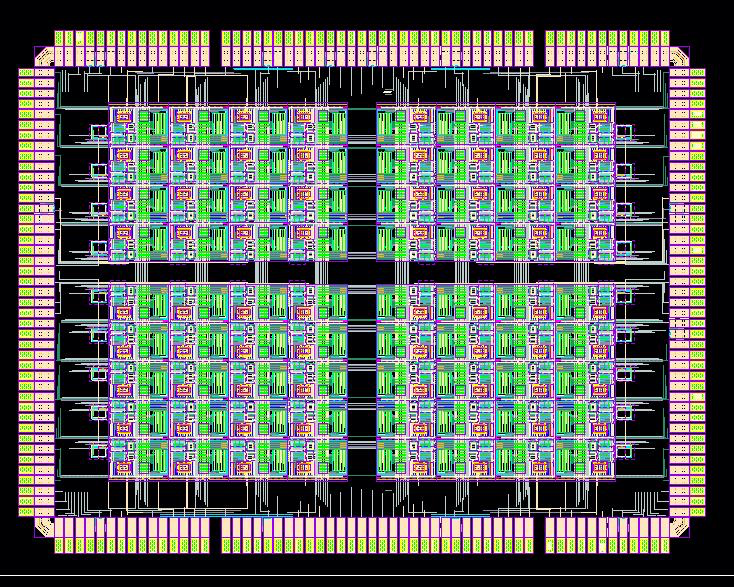 DNA-to-Digital Conversion Array (v2)
DNA-to-Digital Conversion Array (v2)
As above. But different timing scheme. 130-nm CMOS
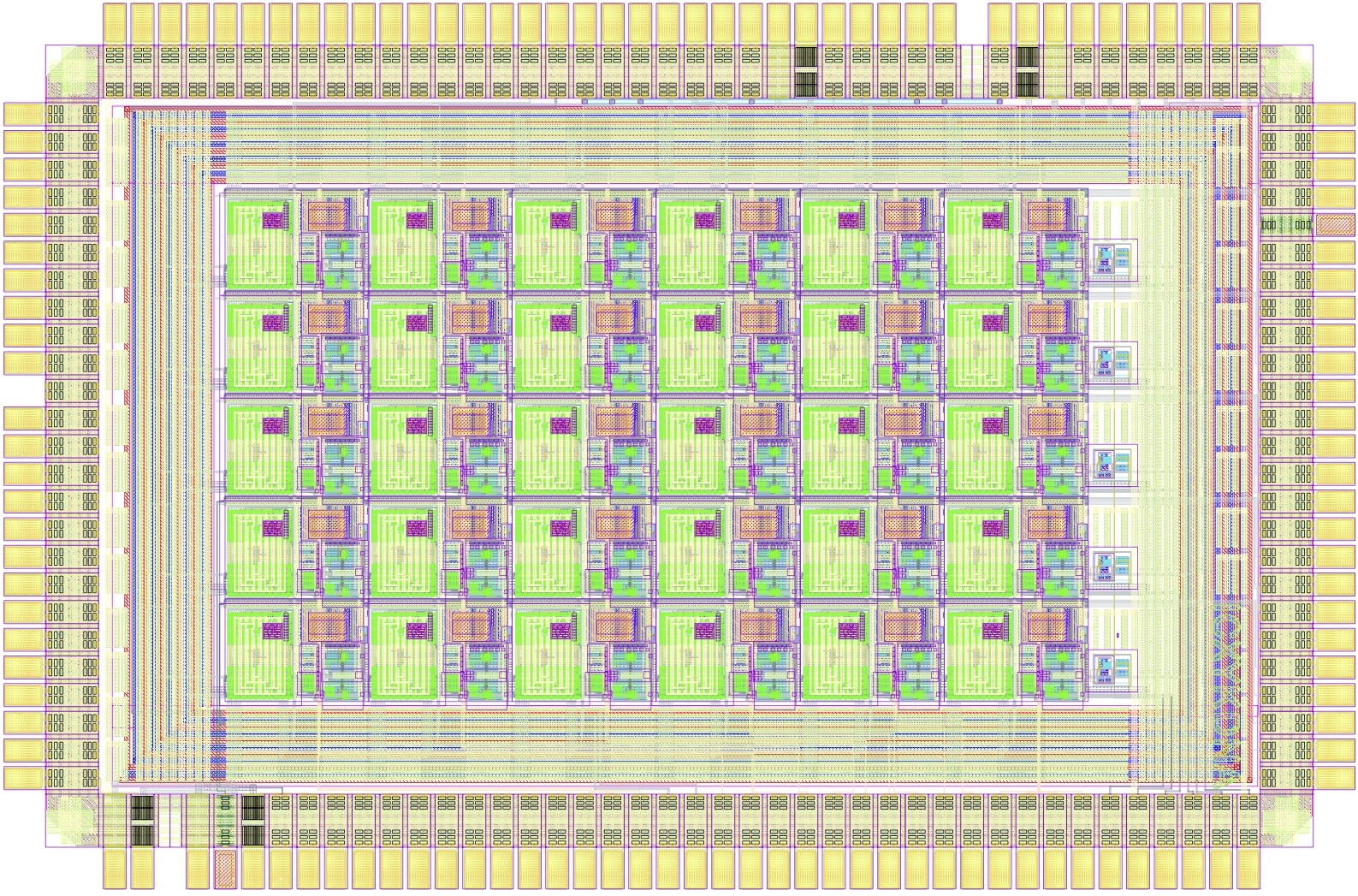 DNA-to-Digital Conversion Array
DNA-to-Digital Conversion Array
As above. Different circuitry. The granddaddy of 'em all. 130-nm CMOS.
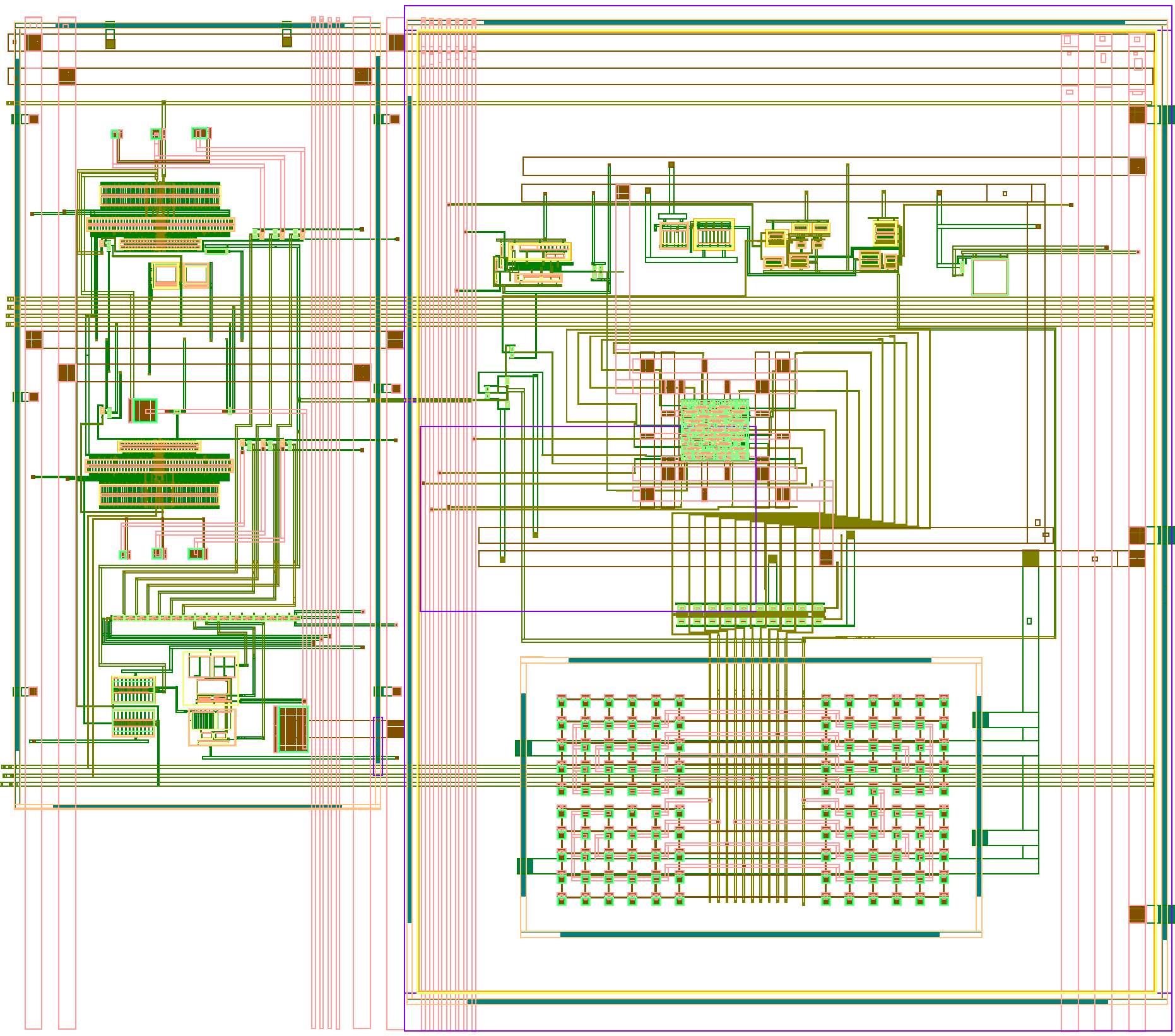 Low-Noise Current Detector
Low-Noise Current Detector
Design for IEEE SSCS supported Chipathon project.
Embedded Processors
 More Bigger RISC-V DNA Sequencer
More Bigger RISC-V DNA Sequencer
Beefier AI for DNA sequencing. 22-nm CMOS.
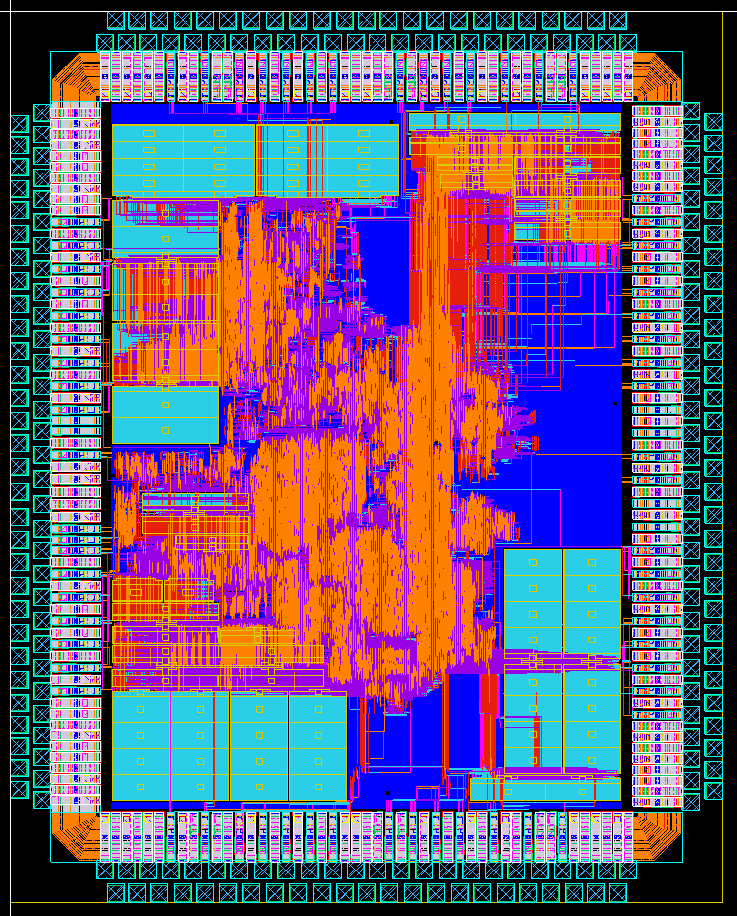 Multicore RISC-V DNA Sequencer
Multicore RISC-V DNA Sequencer
Deep-learning-enchanced bioinformatics (some analog iniside). 22-nm CMOS.
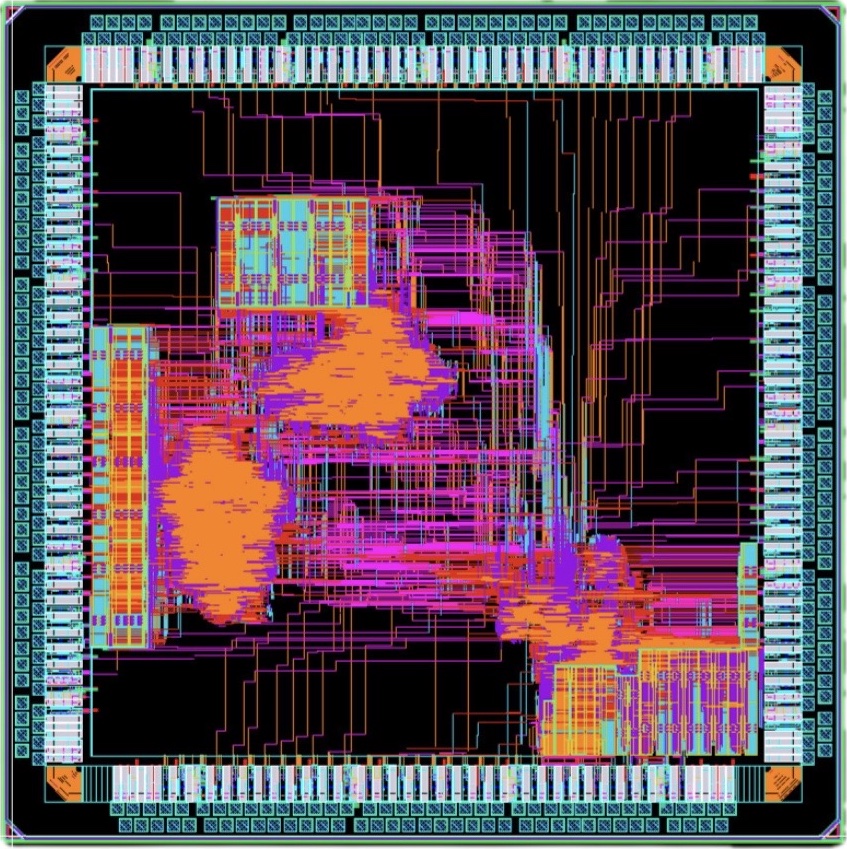 DNA Sequencer
DNA Sequencer
Electronic bits in / DNA basecalls out (e.g., ...CCGTTAAATTGG...). RISC-V + AI bioinformatics hardware acceleration in between. Linux capable. 22-nm CMOS.
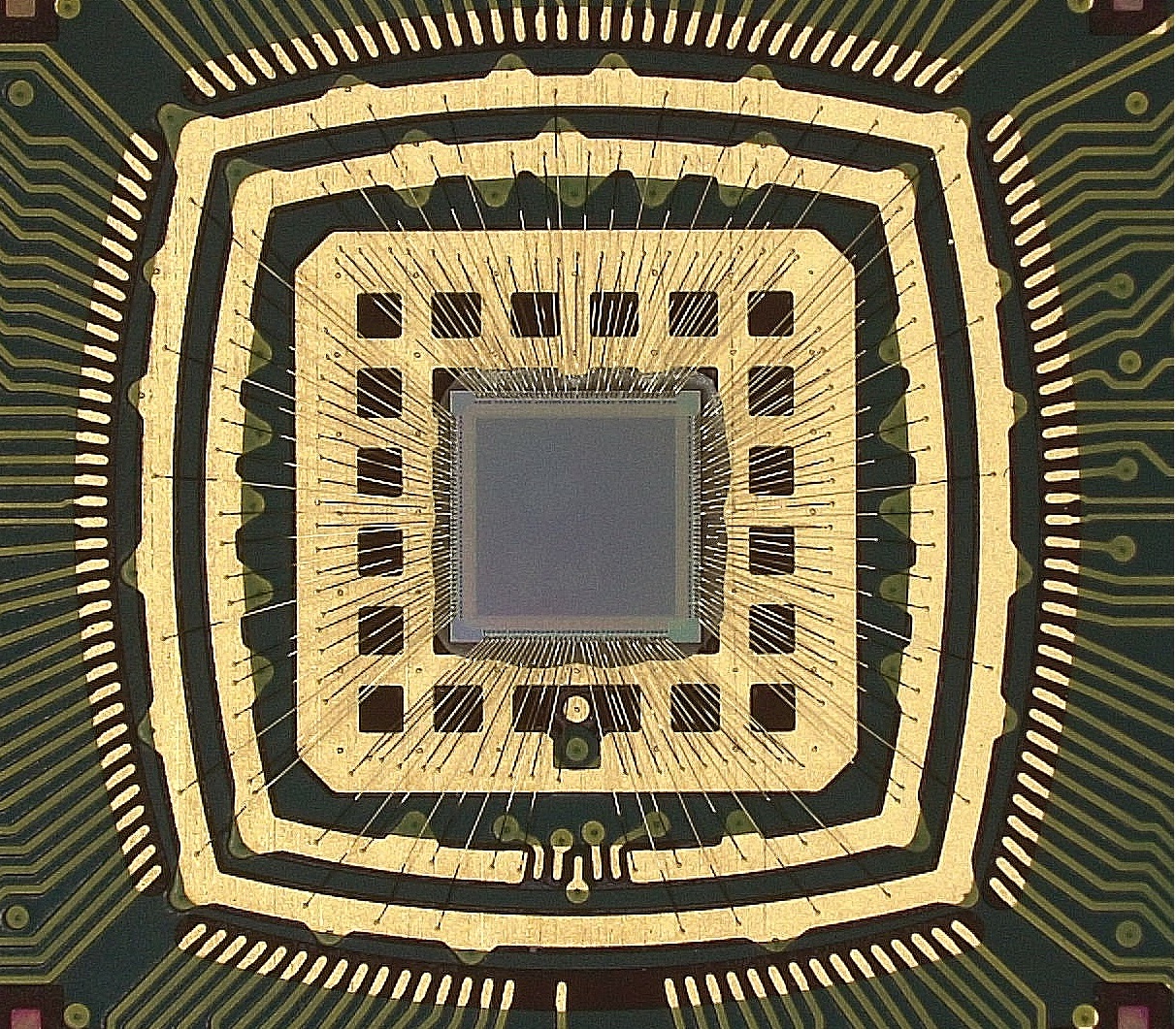 DNA Sequencer (bonded)
DNA Sequencer (bonded)
The above, just snug to its package frame.
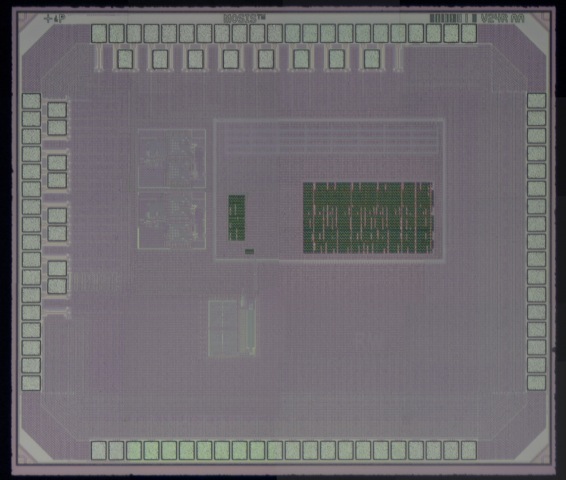 Mixed-Signal Nonlinear Path Planner
Mixed-Signal Nonlinear Path Planner
Robot brain. Same idea as below. Has data converters for sensors (ADCs) & actuators (DACs). 90-nm CMOS.
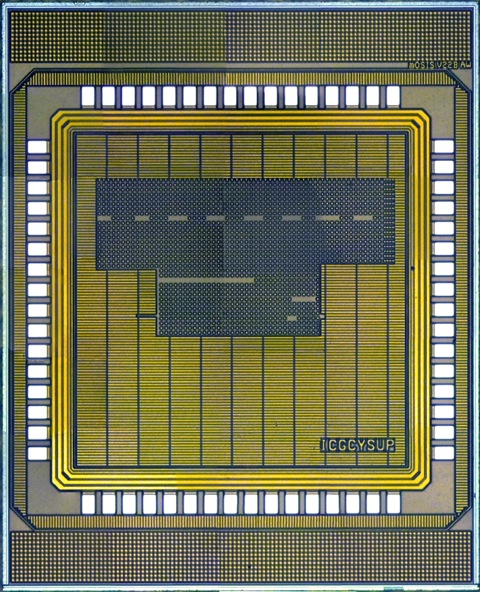 Nonlinear Path Planner
Nonlinear Path Planner
Micro-bot planner. Implements a nonlinear Lyapunov-based controller processor. Optimized for a trimmed down ISA (MIPS-based) to save power, but still allows algorithm to scale. Intended to operate in subthreshold. 130-nm CMOS.
RFIC/Wireless/Wireline
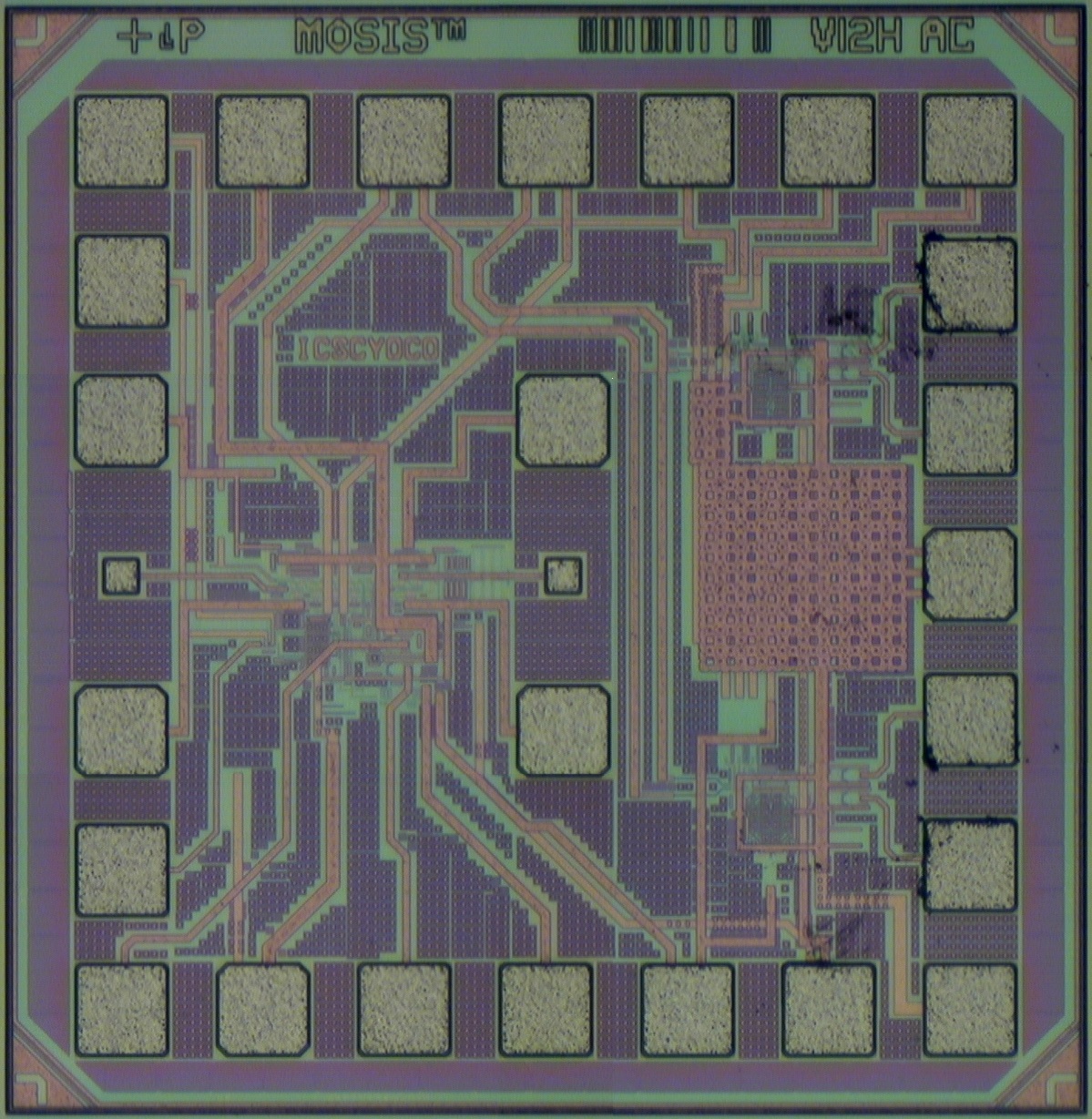 10-Gbps On-Chip Scope
10-Gbps On-Chip Scope
Fast sampling of clock and random data as expected in high-speed wireline comms. 65-nm CMOS.
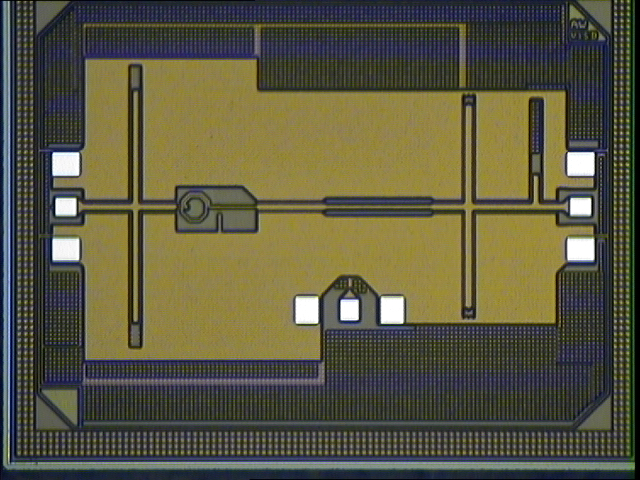 100-GHz Parametric Tripler
100-GHz Parametric Tripler
3X frequency without the need for an idler (a good thing if you want to keep the cost down). 130-nm CMOS.
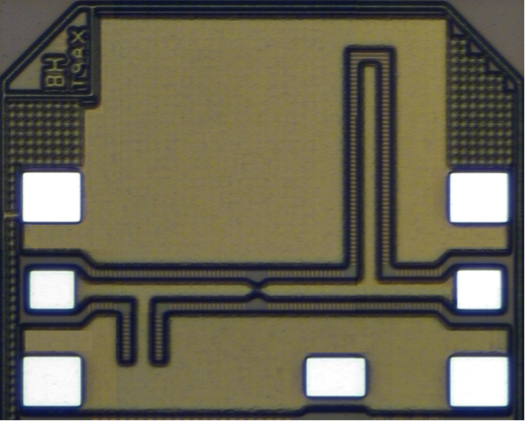 35-GHz Parametric Mixer
35-GHz Parametric Mixer
Upconversion using a nonlinear cap. No DC power required. Should work at much higher frequencies. 130-nm CMOS.
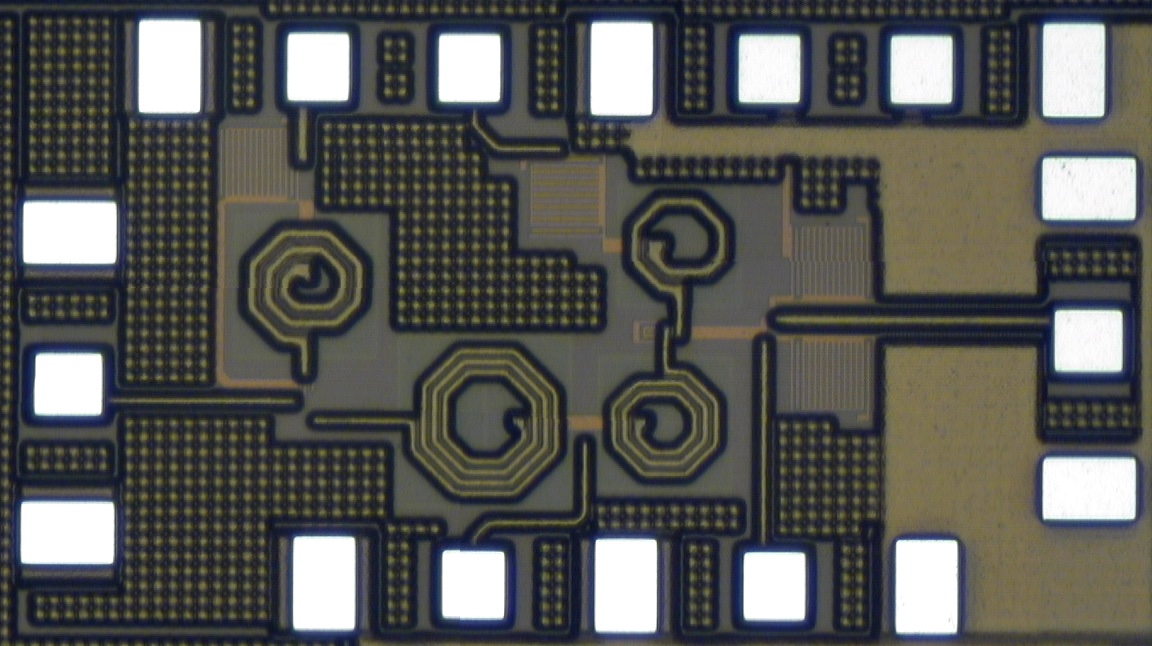 25-GHz Parametric Mixer
25-GHz Parametric Mixer
I don't think people tried these since WWII. The operating frequency was probably too low for lumped components in this case. 130-nm CMOS.
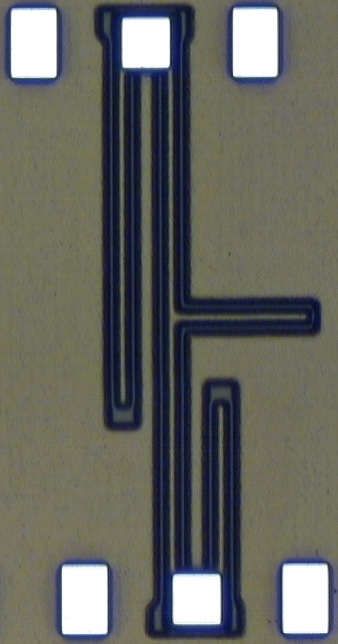 100-GHz Parametric Doubler
100-GHz Parametric Doubler
Humble doubler utilizing a nonlinear capacitance. I was surprised these things didn't appear sooner, but GaAs-based multipliers have achieved great performance. This approach gives some hope for tighter integration with other system components. 130-nm CMOS.
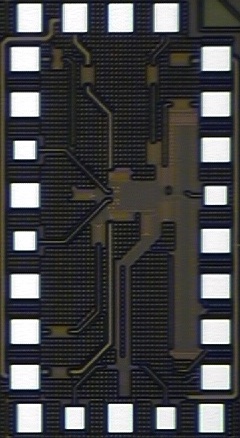 4-GHz Active Scatterer
4-GHz Active Scatterer
Wireless signals that bounce off this thing get phase modulated. It makes otherwise stationary communicators look like they are moving. This prevents wireless communicators from sitting in deep fades for too long and thus enables correction codes to do their job. Measurement results implied 4X improvement in WLAN coverage area. 130-nm CMOS.